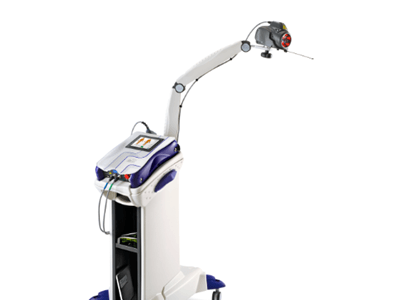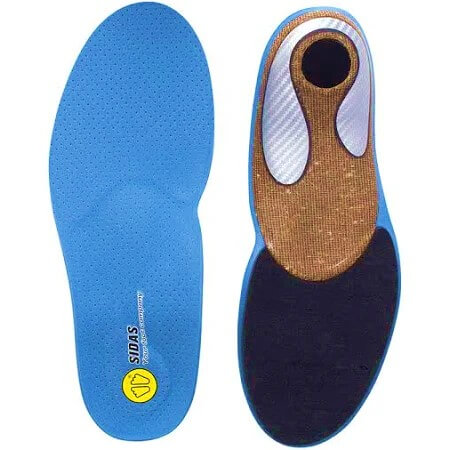The Achilles Tendon runs from your calf muscles in the back of your leg to the heel bone or calcaneus. It’s job is to pull the heel off
the ground when the calf muscles contract. The problem is that every time you lift your foot off the ground this tendon is being stressed
and it is key to propelling you forward. Without a properly functioning tendon this part of your walking cycle becomes inefficient and
painful leading to a limp.
Basically, it is inflammation and tissue damage. A small tear in the tendon causes your body to react to try and repair the traumatised area, leading to the natural response of inflammation. However, inflammation isn’t just a swelling of the area but also an increase in pain, redness and heat – these factors can all combine together to reduce the functionality of the ankle joint by causing stiffness. Over time the Achilles Tendon can become thickened with fibrous adhesions forming with underlying tissues, limiting the tendons functionality further. An Achilles Tendon injury therefore must be treated promptly to protect the tendon, as not only will it be easier to rehabilitate but also the pain can be reduced much more quickly.
There are a number of known risks that are related to Achilles problems, including:
There are a number of different treatment options that we offer. Firstly a full assessment to ascertain the cause of the injury is
required. If only the pain is treated the chance of the injury returning is increased. This may involve a gait analysis to look at the way
you walk and how the foot is impacting the ground, alongside strength and flexibility tests to see if this is impacting the Achilles area.
An orthotic insole may be recommended to stabilise the motion of the foot and reduce stress while helping with alignment of the knee and
ankle. Deep tissue sports massage can help to reduce fibrous adhesions along the tendon, sorry! This can be a little uncomfortable.
Stretching and strengthening exercises will also be supplied to reduce calf and Achilles stress. Strapping can also help to reinforce and
protect the tendon while exercising. Other treatments that have also been shown to help with pain relief and healing are acupuncture and
laser therapies.

Laser can help to reduce pain and inflammation around the trauma site while releasing muscle tension in the calf.

Acupuncture can encourage blood flow to help the healing process while de-stressing muscle tightness.

Gait Analysis can help to better define the root cause of the initial trauma.

Orthotics help to stabilise the rear foot reducing the risk of re-injury.